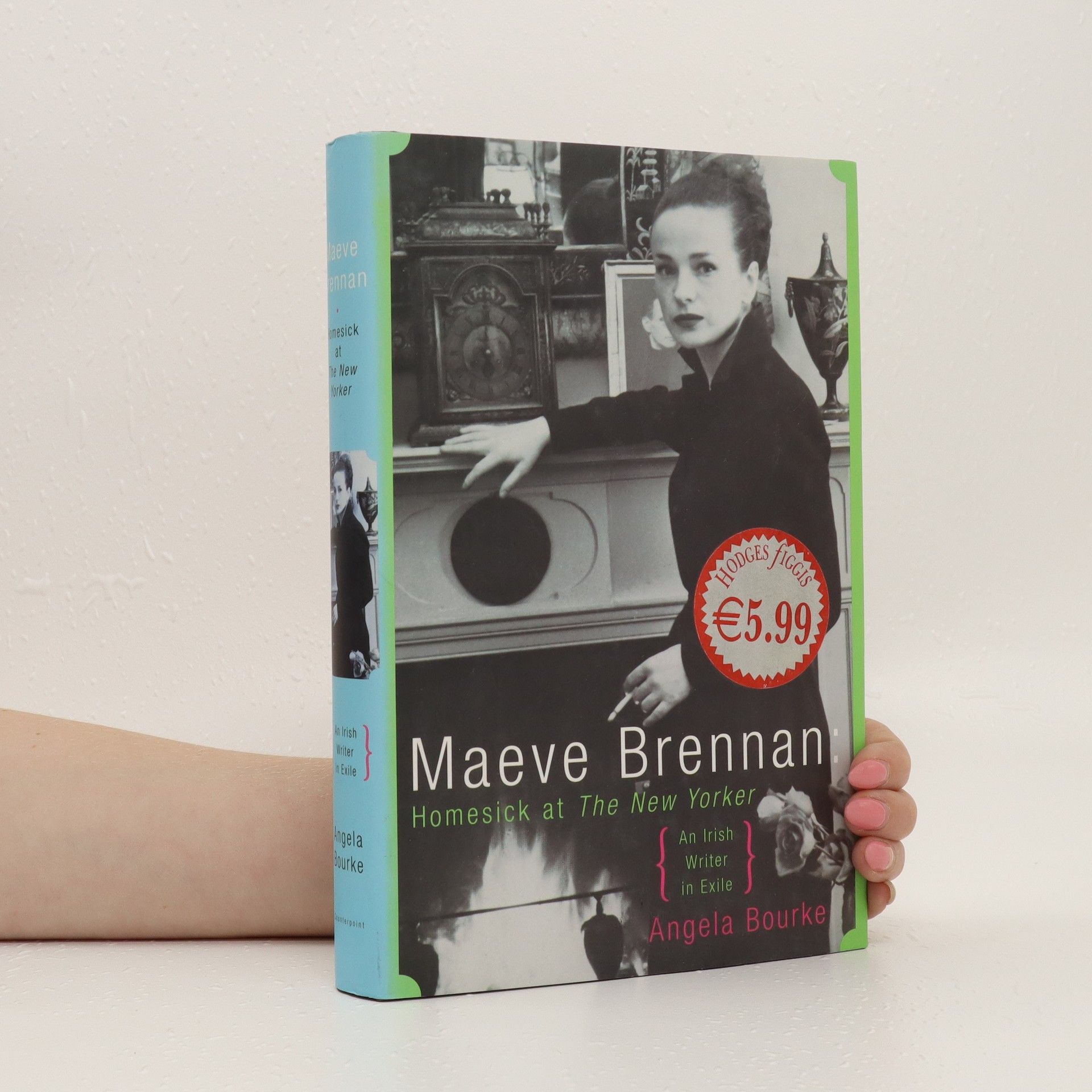The tragic odyssey of Maeve Brennan, The New Yorker's Long Winded Lady, from happy Dublin childhood to Manhattan glamour, from brilliant literary accomplishment to madness, homelessness, death, and rediscovery . Maeve Brennan was an Irishwoman & a New Yorker; an intellectual & a beauty; a daughter, sister, aunt, lover, wife & friend. Witty, stylish, small & quick, she dazzled everyone who met her. She wrote some of the finest English prose of the 20th century, yet she was practically unknown in Ireland during her lifetime, and for 20 years before her death, was forgotten in her adopted America. Rediscovered & republished since 1997, her writings remain in the mind like a previously unknown species of animal or plant. Patiently, almost without mercy, her Irish stories probe the discomforts of quiet, careful, middle-class Dubliners, offering an unparalleled feminine view of a society & a place, an intimate history of modern Ireland; by contrast, her American stories throw the life of privileged New Yorkers & their Irish servants into grotesque relief. Brennan's fiction bores deep into her own memory, and her family's. It returns obsessively to the same houses, the same cruxes in a
Angela Bourke Libri
Bourke è celebrata per la sua incisiva esplorazione della storia e della cultura irlandese, in particolare dell'esperienza vissuta a Dublino. Il suo lavoro si addentra frequentemente nelle complessità delle relazioni umane e nell'impatto dei cambiamenti sociali sugli individui. Attraverso una ricerca meticolosa e una prosa vivida, riporta in vita il passato, offrendo ai lettori una prospettiva avvincente sull'identità irlandese. Il suo contributo letterario risiede nella capacità di intrecciare narrazioni personali in contesti storici più ampi.





In 1825 26 year old Bridget Cleary disappeared from her house in rural Tipperary. At first, some said that the fairies had taken her into their stronghold in a nearby hill, from where she would emerge, riding a white horse. But then her body was found in a shallow grave. her husband, father, aunt and cousins were arrested and charged, while newspapers in nearby Clonmel, and then in Dublin, Cork, London and further afield attempted to make sense of what had happened. In this lurid and fascinating incident, set in the dawn of the twentieth century, we wirness the collision of town and country, of superstition and scepticism, of old and new. The torture and burning of Bridget Cleary caused a sensation in its own time and continues to reverberate more than 100 years later.
The Burning Of Bridget Cleary
- 256pagine
- 9 ore di lettura
In 1895 twenty-six-year-old Bridget Cleary disappeared from her house in rural Tipperary. Her husband, father, aunt and four cousins were arrested and charged, while newspapers in nearby Clonmel, and then in Dublin, Cork, London and further afield attempted to make sense of what had happened.
Folklore & Modern Irish Writing
- 262pagine
- 10 ore di lettura
The book delves into the intricate interplay between Irish folklore and literature, highlighting how oral traditions influence renowned writers like W.B. Yeats and Anne Enright. It emphasizes the collaborative relationship between oral storytellers and literary figures, enhancing our appreciation of the creative adaptation of folklore in modern writing. With fresh insights into folklore collection and scholarship, it serves as a valuable resource for those exploring Irish identity and literary expression, featuring essays that critically examine the National Folklore Collection and contemporary narrative techniques.
Voices Underfoot: Memory, Forgetting, and Oral Verbal Art
- 40pagine
- 2 ore di lettura
While Irish America remembers the Great Famine with anger or reverence, Ireland has worked hard to forget it. How did Irish people go about forgetting, and what kind of memories remained? Angela Bourke revisits the mentalite of her celebrated microhistory, The Burning of Bridget Cleary: A True Story, to find out.